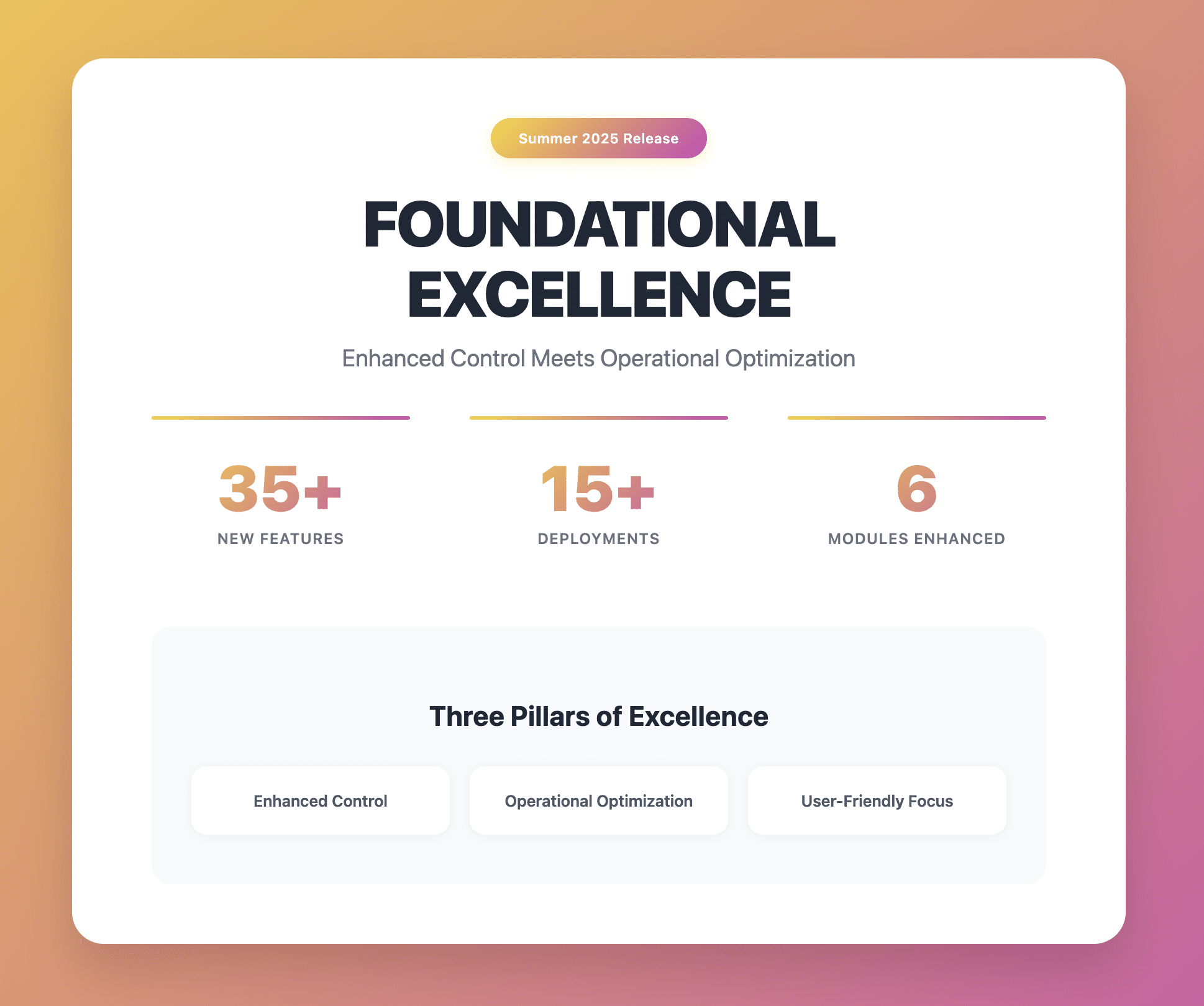Planning an event is certainly no easy task. A number of factors go into setting up a successful event – everything from the venue, date and time, to speeches, orators, and activities. These need to be decided on and organized in a synchronized manner.
However, one significant factor that acts as a bridge between planning an event and making the event successful is the registration process. Indeed, the effectiveness of the registration process determines how many people will actually turn into real attendees at your event.
Here are some best practices and tricks that you can adopt in order to design a seamless registration experience that your visitors will love.
Main principles of success event registration
1. A seamless and integrated registration medium
You may be wondering as to what a registration medium might be. Simply put, it is where your potential attendees will register for the event. It may be done through a face-to-face interaction at a physical booth or online via your event website.
Today, undoubtedly, event registration online is the preferred choice for many instead of going to a ticketing counter to pay for tickets. Nevertheless, online registration calls for an effective and convenient platform for event registration.
The trick is to have the registration process integrated right into your event website. Users do not want to be redirected to many pages just to finalize a single registration.
Keep it simple. Provide your potential attendees with a smooth and clear registration process with minimum page redirects.
2. Short registration forms
Registration forms should be concise and to the point along with being relevant. Start with the necessities:
- Full Name
- Company Name
- Contact Number
After that, consider other custom fields you need to capture data that matters for your event planning. Certain attendees may have different dietary preferences and expectations so it would be wise to get that information up front. Avoiding a case of food allergy on event day can save you plenty of trouble.
If you aren’t exactly sure on what to add after the basic form fields, a simple yet effective trick is to use a premade registration form template.
GEVME Registration allows you to incorporate different types of registration forms according to the nature of the event that you may be advertising. You can add a buyer form and an attendee form – along with customizing additional fields where necessary.
3. Post-registration follow-up
Simply having attendees register for an event does not necessarily mean that they will actually show up. This is especially true if you are charging very little or nothing at all for attending.
In any case, you need to make sure that even after the attendees have registered, follow ups are done through relevant messaging and confirmations. This ensures that your attendees remember your event and keeps them motivated.
Email them event updates as they come. This way, you can build the hype and your attendees will get more excited about event day. You could even take the opportunity to share the past events that you’ve organized or supported.
Process of event registration
Having discussed the main principles of event registration, the next thing that needs to be considered is the process. An event registration process needs to be simple and quick.
Here are some guidelines to help make this happen:
1. Payment process
After the call-to-action (CTA) has been clicked and the registration form filled, the next thing which comes in line is how you plan for your attendees to pay for your event. This is the step that needs a lot of attention.
Regardless of how the ticket prices, you should offer a variety of payment options to interested registrants. PayPal, credit cards, bitcoins, and other forms of payments or currencies need to be integrated into your payment process so that the attendees can conveniently pay using the method of their choice. Doing so makes your event look more reliable and authentic.
In addition, if certain attendees have attended your event before, their records should show up while they are filling in the payment details. This means most of the payment info should automatically be filled in, such as their name, address, bank name etc.
This will make paying a lot easier and will help you retain attendees effectively.
2. Responsive design
Make your registration form responsive. A responsive design allows for the registration form to display properly on any device. With the increasing number of people using mobile platforms to register, it is vital that your form is responsive.
3. Registration in a group
Quite often, people prefer to come as a group to attend an event. As such, it is always a good idea to offer such a registration package. Doing so will ensure that more attendees come to your event because of a sweet deal.
4. Feedback
Once your attendees have registered for the event, ask them how the process was so you can improve your registration process in the future.
Such feedback can be obtained by including an optional field where you can ask simple survey questions. You could even allow the attendee to rate certain aspects of your registration process on a scale of 1 to 10.
Including this in your event registration steps can help you gain the trust of your attendees, and also obtain useful insights.
Important Event Registration & Check-in Tips
Streamlining your event registration process requires critical thinking as you have to keep in mind the many uncertainties that may affect the registration process. Here are some important points that you need to consider to effectively organize your event registration.
1. Choosing a platform
Using the right software platform for your registration form is the most essential step in building an effective registration form. The platform that you choose must be robust and reliable. Gevme Registration is one of such event ticketing solutions.
It should not be marred with frequent glitches, rather, it should load as quickly as possible. A registration form that takes too long to load can cause your potential attendees to lose interest in no time.
Hence, make sure that the selected digital solution for your event registration is effective and meets the expectations of your attendees.
2. Focusing on the experience
Right from the registration process to the actual event, everything needs adds to an unforgettable experience for your target audience. The ways in which you can make the registration process successful have already been discussed.
The next thing is the check-in process. This will essentially be done on the venue site.
To begin with, the staff to attendee ratio needs to be balanced. There should be an adequate number of people who are there to serve each and every attendee that comes in. Coupled with onsite event technology, your need for manpower will be reduced greatly.
This will ensure that the attendees do not encounter any sorts of hassle and are provided with the most premium of services.
3. Directions
This is one thing that must be organized as thorough as possible. Ensure that you have clear and legible signs directing the incoming attendees as to the exact place of the event. This includes stationing staff members in the right places and putting up signs that can be easily seen and understood.
Mistakes to avoid when using online event registration
There are certain event registration mistakes that you must avoid:
1. Using too complicated captchas
Captchas that are hard to understand may deter your customers from registering. As such, it is a good idea to use simple captchas (such as the “I am not a robot” option), or just avoid using captchas altogether.
2. Asking too many security questions
Although good for security, it is really frustrating for your potential attendee registering to keep answering your security questions.
A ‘password’ and ‘confirm password’ field along with the phone number is more than enough.
With these tips and guidelines in mind, start planning and organizing your event registration processes. Get those ticket sales you’ve always wanted.
Want to learn more about how you can further improve the registration process?
Learn the 3 steps needed to create a frictionless online registration experience.
Establish your no-stress event registration process with GEVME Registration.








